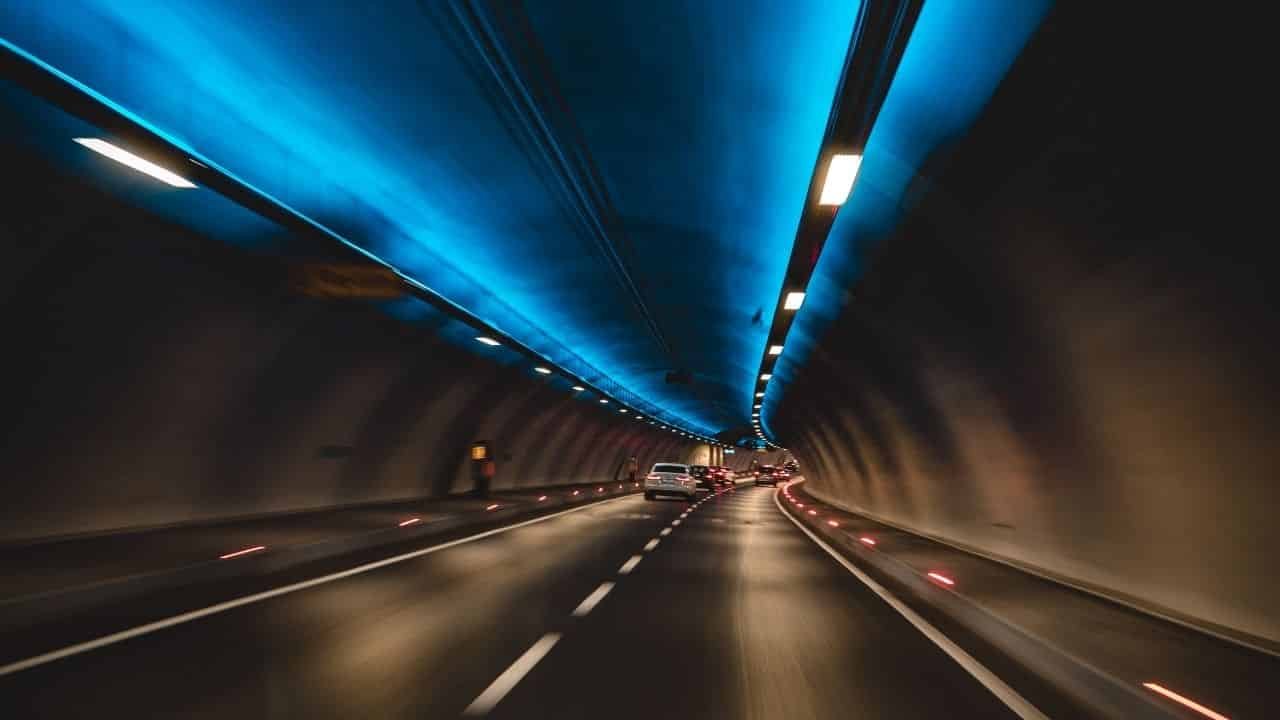
#HIGHWAY UNDERPASS SERIES#
‘Use of road underpasses by mammals and a monitor lizard in eastern Australia and consideration of the prey-trap hypothesis (2022)’ by Ross L Goldingay, David Rohweder, Brendan D Taylor, Jonathan L Parkyn.Highway Underpass quantity Add to cart Additional information Series Read Good news: highway underpasses for wildlife actually work published in The Conversation. The researchers studied 12 road underpasses – five under the Oxley Highway at Port Macquarie and seven under the Pacific Highway south of Grafton – over two to three years, comparing camera trap detections of animals at underpasses with those at nearby forest sites. In fact, potential prey may actually avoid using the underpasses when foxes are about.”Ī dedicated wildlife underpass at Port Macquarie NSW (Credit: Goldingay, Taylor, Parkyn). However, its activity coincided less than expected with the activity of the mammals most at risk to it. “Only the fox was detected frequently enough to be a potential concern. “We did not see increased activity at the underpasses, allaying concerns of the ‘prey-trap hypothesis’ – whereby predators might easily pick off unsuspecting animals funnelled into the confined space of an underpass,” Associate Professor Goldingay said. The predators detected at the underpasses were the introduced red fox (pest), feral cat (pest) and dingo. But not all ground-dwelling species of wildlife will find underpasses to their liking but so far many do.”

“Underpasses are a useful generic tool to enable wildlife to move across landscapes with roads.
#HIGHWAY UNDERPASS UPGRADE#
One leading cause of this is the expansion of our road network, particularly the upgrade and duplication of major highways. “Australia’s wildlife species are increasingly threatened with extinction by habitat clearing and fragmentation. However, Associate Professor Goldingay cautioned: “We should not use apparent underpass effectiveness to justify expanding our road networks where they do not belong. The underpasses are installed in conjunction with mesh fences (often with a floppy top to stop koalas climbing over) that line the highways to keep animals off the road and direct them to the underpasses to cross.”Ī combined wildlife-drainage underpass at Grafton NSW (Credit Goldingay, Taylor, Parkyn). “This research provides compelling evidence that highway upgrades in Australia need not threaten wildlife populations if road underpasses are installed. “These crossing rates suggests animals used the underpasses to forage on both side of the freeways. “More than 4800 detections were made that number was quite astounding,” said lead researcher Associate Professor Ross Goldingay. Red-necked pademelon with baby (Credit Goldingay, Taylor, Parkyn).

Rufous bettongs and echidnas crossed individual underpasses every two to four weeks. Species such as eastern grey kangaroos, swamp wallabies, red-necked wallabies, red-necked pademelons and lace monitors crossed some underpasses more than once per week. Wildlife cameras detected more than 4,800 medium-to-large mammals and goannas using highway underpasses located at Port Macquarie and Grafton over a two-year period. While some predators, like foxes, were detected their activity did not align with that of potential prey, indicating underpasses weren't a prey-trap. The crossing rates suggest native animals use underpasses to safely forage on both sides of freeways. In the first long-term study of its kind in Australia, scientists set-up wildlife cameras at underpasses at Port Macquarie and Grafton to monitor activity.
#HIGHWAY UNDERPASS PLUS#
More than 4,800 medium-large mammals and goannas, plus smaller species like snakes and rodents, were observed using 12 road underpasses during a two-year period on the NSW Mid North Coast. How did the kangaroo cross the highway? It used a highway underpass.


 0 kommentar(er)
0 kommentar(er)
